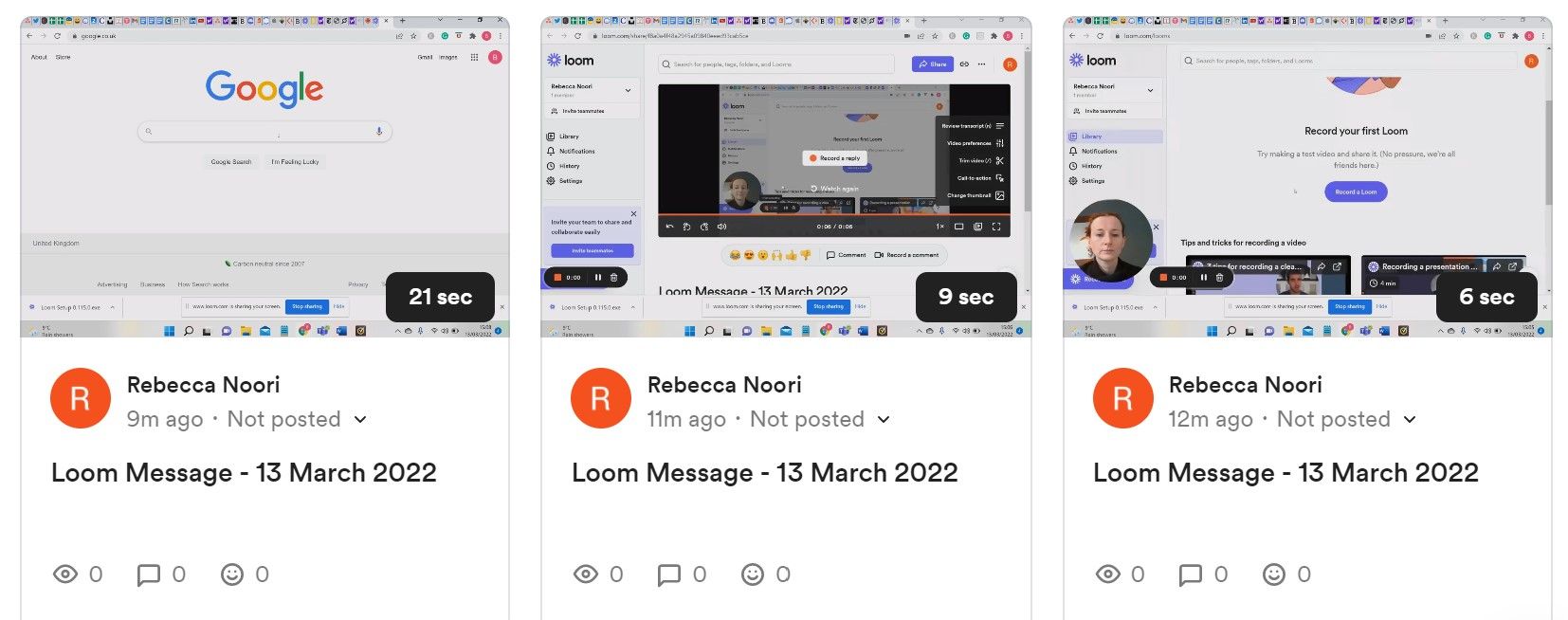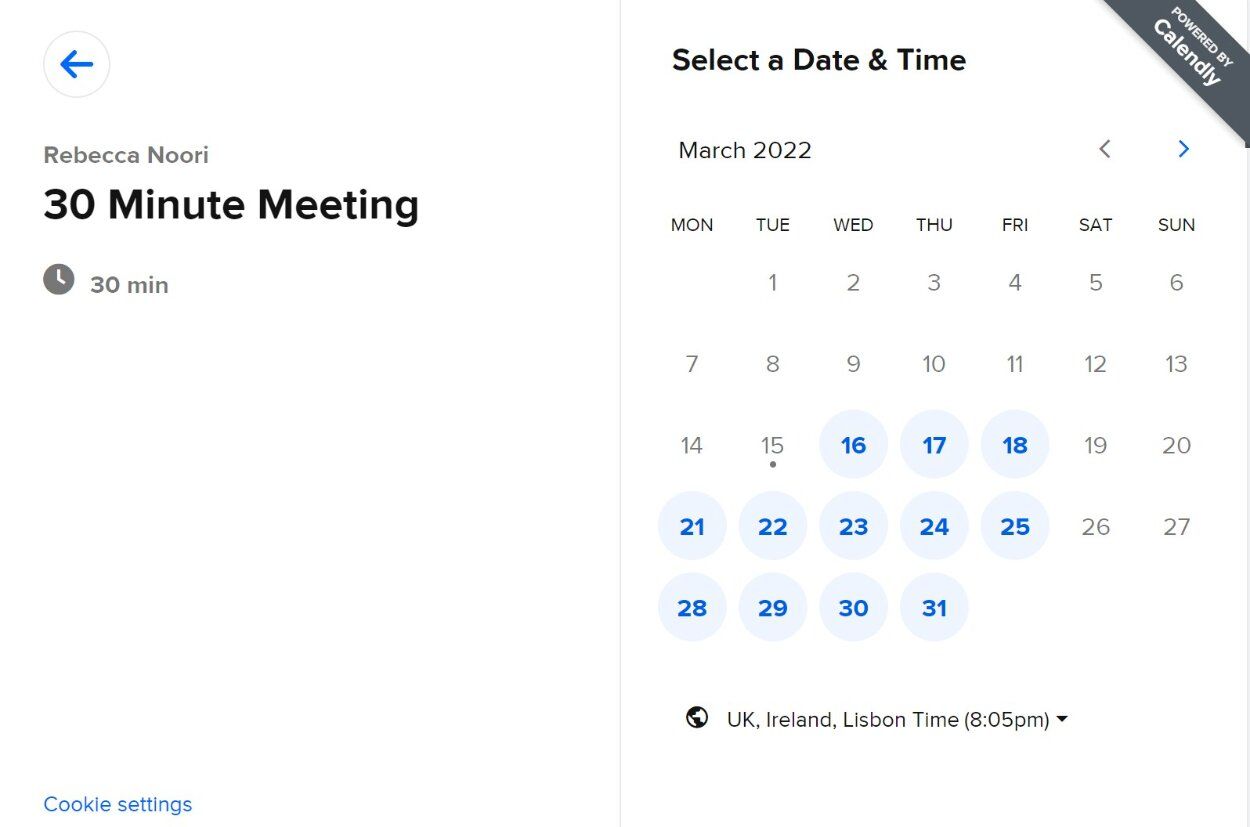Are you starting a new remote role? From dressing in your sweats and skipping the commute to improving your work-life balance, remote work has plenty of benefits. But one of the biggest challenges of remote working is getting to know your colleagues well.If you’re based in a physical office, it’s straightforward to hang out and chat in the lunchroom or invite someone for a beer after work. But how do you achieve the same social camaraderie when you’ve only ever waved at your colleagues across a Zoom call?
1. Understanding Your Team’s Communication Style
Before diving right in and making friends, it’s essential you understand your remote team’s communication preferences. Your employer may have tools and strategies set up to help you integrate with your remote colleagues.
Start by asking if your company has a communication strategy document for your review. This should outline the communication tools available and when each should be used.
Make sure you understand the best tools to use if you want to connect with your new colleagues formally and informally. Some options to look out for include:
Messaging Tools
Software like Microsoft Teams allows remote teams to collaborate in real-time. You can create channels and share messages and documentation. A clear communication strategy should outline when to use these instead of sending an email or hopping on a call.
Asynchronous Solutions
If your remote team is distributed across multiple time zones, or you want to avoid Zoom fatigue, then asynchronous communication tools may be popular within your new organization.
Expect to use software like Loom or Yac to record a message for your boss or colleague and then receive their reply.
 Face-To-Face Options
Face-To-Face Options
If your company prefers real-time interactions, you may be invited to join video calls using Zoom, or Google Meet software. Check to see if your company has defined the etiquette for using video conferencing software—they may require you to have your microphone muted or raise your hand.
2. Onboarding Buddy
Ideally, you’ll have an onboarding manager to help you meet your colleagues, and you may even be assigned to an onboarding buddy. This is a great way to connect with a more established team member and ask casual questions you don’t necessarily want to bother your manager with.
Carlos Silva is the SEO Content Manager of Chili Piper and is a huge advocate for providing buddies for new hires when they arrive at a remote-first organization.
Microsoft also famously offers an onboarding buddy to new hires, and has reported the program's success in their Microsoft company blog.
56% of recruits who met their buddy within the first 90 days of starting work felt this helped them become more productive. This jumped to 73% of people if they met their buddy two to three times, and 97% for those who connected more than eight times.
In a remote role, you might rely on messaging your buddy or scheduling a virtual coffee break together to catch up informally. Solutions like Donut can be added to your Slack channel, so your employer can pair colleagues for get-togethers.
3. Watercooler Chats
If your remote employer offers an informal meeting point as part of a messaging channel, this is an excellent way for new recruits to get to know their team members. And it’s a great extension of the details you may already have picked up on in video conference calls with them.
Toni Irving, a professor at the University of Virginia’s Darden School of Business, describes,
“There is a newfound familiarity people are having with one another as a result of [remote working]. People are now in hoodies and T-shirts; you see their cat. You become acclimated to the personalizations of their life on Zoom that you wouldn’t have otherwise had access to.”
Your office Slack workspace will often have a #random or #watercooler channel where employees are encouraged to chat about non-work-related topics.
Maybe you’ll share your thoughts on a track you like or a Netflix show you binge-watched last night? Or perhaps you’ll post pictures of your pet. Be sure to reply to your colleagues, and you’ll quickly make friends.
4. Mentor Relationships
New hires at a company can benefit from the support of a mentor. This is different from a buddy and is more focused on performance and personal development at the company.
In a mentoring relationship, you will typically schedule a regular call with your mentor to discuss how you’re settling in and your progress so far. Mentors are usually senior members of the team who are well established, so you may find they’re busy.
It’s common to book a slot of mentor time using an appointment scheduling tool like Calendly.
If your remote employer isn’t proactive in setting a mentor relationship up, don’t underestimate the importance of internal networking and connecting with your team. Put yourself out there and make a positive impression for the sake of your future career.
So, if you haven’t been assigned an official mentor, consider approaching an experienced member of the team to see if they would be open to supporting you.
5. Virtual Team Bonding
Any Microsoft Teams bonding session is a fantastic ice-breaker. Alternatively, team-building software like Gatheround makes it easy for your company to host a social. You’ll let your hair down and get to have a few giggles with your colleagues.
Make sure you attend as many of these team bonding events as possible, even if you find them a little awkward at first. Remember, it’s all in aid of creating a great remote culture for your team to thrive in.
Get Involved With Your Team
Getting to know your remote colleagues may be trickier than connecting in a traditional office environment. But it’s certainly not impossible. The key is to be friendly, proactive and make the most of every opportunity that comes your way. And it won’t be long before you’re attending your first Zoom Christmas party!


